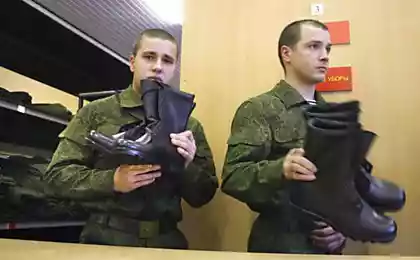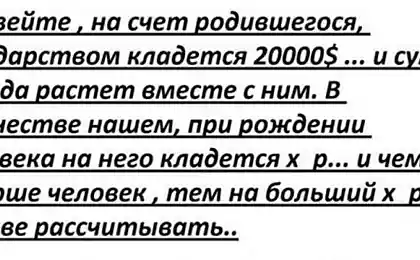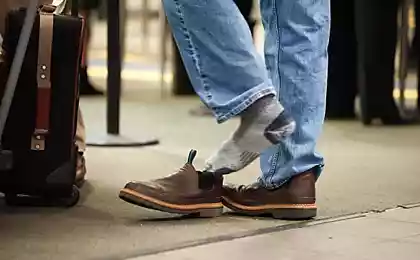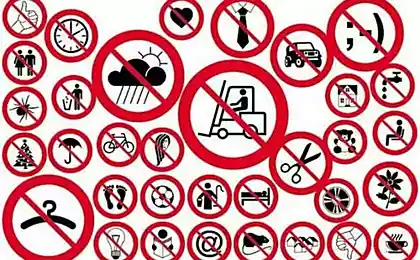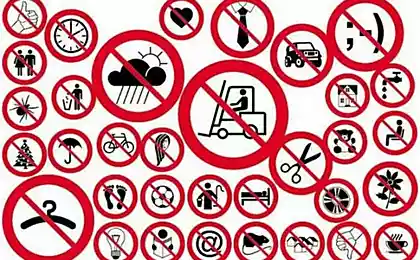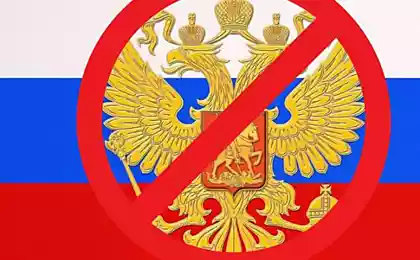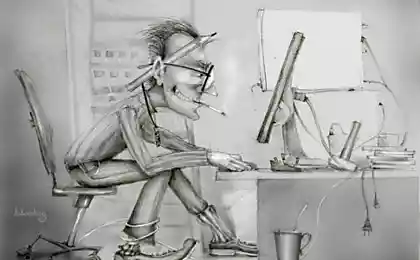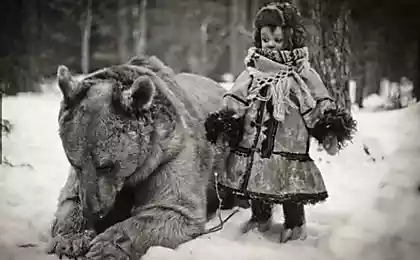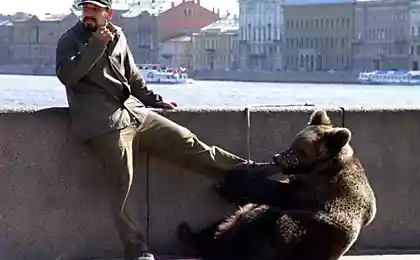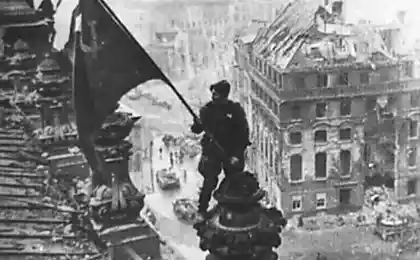1698
What invented Russian (27 photos)
Did you know? Pretty interesting.
Car
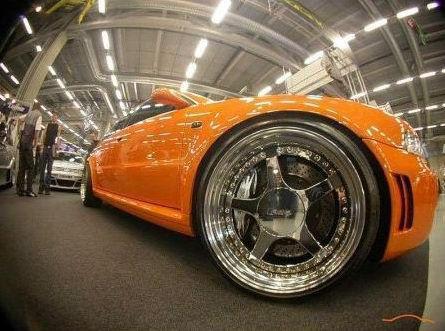
In 1751 Leonty Shamshurenkov, a skilled mechanic in Moscow in the sovereign's workshop produced a state order "samobegluyu carriage" move without any outside force. Shamshurenkovu reward given fifty rubles. The further fate of the carriage is unknown. And in 1769, the Frenchman Nicolas Kunio presents all over the world such a device! Helicopter
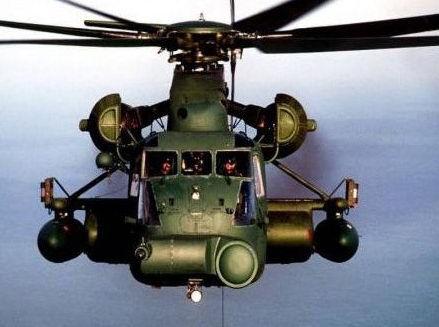
In 1754 MV Lomonosov creates a model of vertical take-off aircraft, which had to ensure the twin screws (parallel to axis). It was the first real prototype of the helicopter. Only in 1922, Professor George Botezat, who emigrated from Russia after the revolution in the US, built by order of the US Army's first sustainably-controlled helicopter.
The locomotive

Russia's first two-cylinder steam engine vacuum was designed mechanic II Polzunova in 1763 and built in 1764 in Barnaul. James Watt, who was a member of the Committee on the Admission of the invention Polzunova in April 1784 in London obtained a patent for a steam engine and is considered its inventor!
Anesthesia

In 1850, NI Pirogov first time in the history of medicine began to operate on the wounded with ethereal anesthesia in the field. Total great surgeon spent about 10 000 operations under ether anesthesia. Pirogov first started using gypsum in medicine. NI Pirogov was the fifth honorary citizen of Moscow.
Bike

In 1801, the inventor of the land, Uralets Mikheevich Yefim Artamonov at the Nizhny Tagil factory built the first all-metal two-wheeled pedal scooter, which is then called a bicycle. In 1818 he was granted a patent for the invention German inventor Baron Karl Draize!
Telegraph
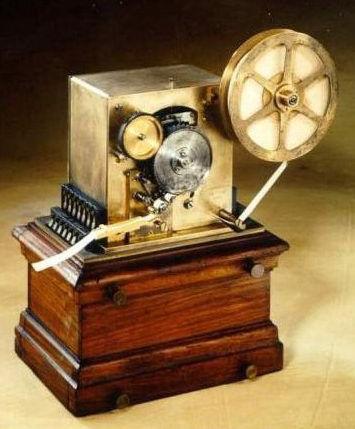
The first electromagnetic telegraph created a Russian scientist in 1832. Public demonstration of the device was held in the apartment Schilling 21 October 1832. Paul Schilling has also developed the original code in which each letter of the alphabet corresponds to a certain combination of symbols that can be shown in black and white circles on the telegraph.
Robot
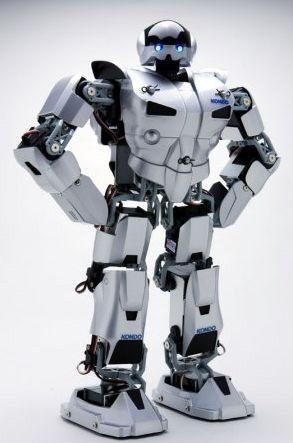
The great mathematician Pafnutii Chebyshev in 1860 counted and developed the design of walking straight (move) without the mechanisms of wheel sets, on the basis of steps. The unit was named plantigrade machine.
Bulb
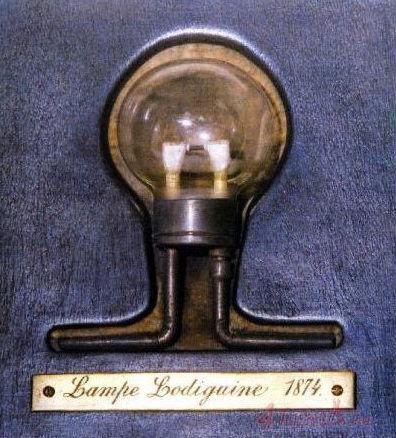
In 1872 AN Lodygin invented the carbon filament lamp, and PN Yablochkov - in 1876, an arc lamp, called "candle Yablochkov." In 1880 he returned to the carbon fibers and creates a lamp with a lifetime of 40 hours.
Incandescent

The device in its current form is known as the "Edison bulb." Meanwhile, only its Edison perfected. The first creator of the lamp was a Russian scientist, member of the Russian Technical Society Alexander Lodygin. This happened in 1870 Lodygin first proposed the use of the lamps and tungsten filament spinning filament in a spiral shape. Edison only in 1879 patented the incandescent lamp.
Diving apparatus
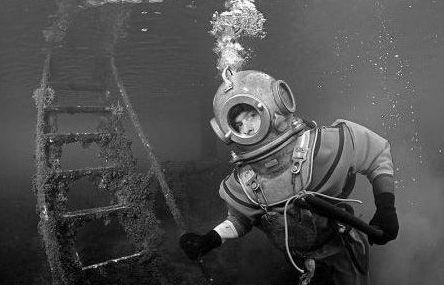
In 1871 AN Lodygin project created an autonomous diving suit with a gas mixture of oxygen and hydrogen. Oxygen had to be produced from water through electrolysis.
Caterpillar
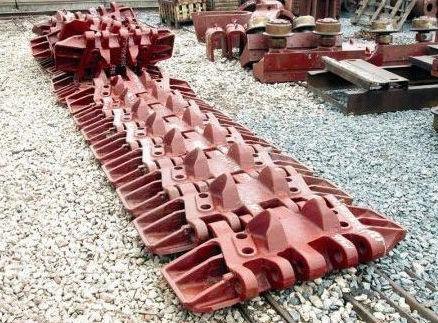
The first caterpillar mover was proposed in 1837 Staff Captain D. Zagryazhskaya. Its caterpillar mover built on two wheels, circled iron chain. And in 1879 the Russian inventor F. Blinov received a patent for he created the "crawler" tractor. He called it "a locomotive for the dirt roads».
Welding, electric
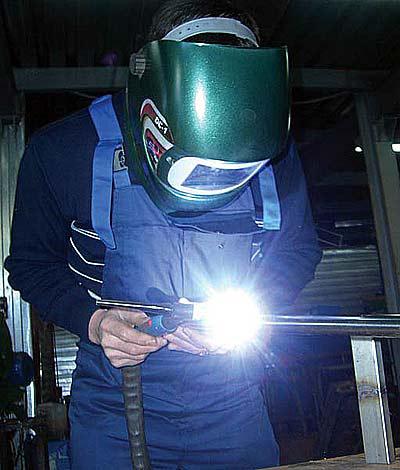
The method of electric welding of metals invented and first used in 1882 by the Russian inventor Nikolai Benardos (1842 -1905). "Staple" electric metal seam he called "elektrogefestom».
Welding metal
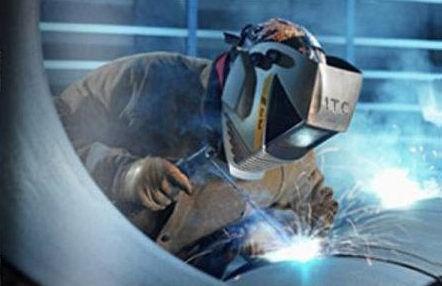
Can not in any way diminish the importance of great works of NN Benardos and NG Slavyanov, first created in the 1880s. arc welding methods in which to put into practice the discovery of V. Petrova arcing.
Plane

In 1881 AF Mozhajskij was Russia's first patent ("privilege") to the aircraft (airplane), and in 1883 completed the assembly of the first full-scale aircraft. From the time the project aircraft Mozhaiskogo no constructor humanity has not offered a fundamentally different scheme aircraft.
Radio
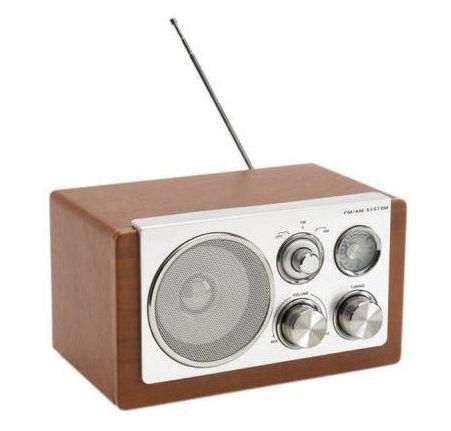
May 7, 1895 Alexander Stepanovich Popov was first publicly demonstrated radio transmitter and receiver in the distance. In 1896 AS Popov gave the world's first wireless message. In 1897 AS Popov established the possibility of radar using the wireless telegraph. In Europe and America it is believed that radio invented by the Italian Guglielmo Marconi in the same in 1895.
Television

Boris Rosing July 25, 1907, he filed an application for the invention "Method of electrical transmission of images at a distance." The real breakthrough in image clarity electronic television was "Ike", invented in 1923, Vladimir Zworykin, a scientist, an immigrant from Russia. Motion picture the first time in history was passed at a distance in 1928 by inventors Boris Grabowski and IF Belyanskiy. The first devices are not called a TV and telephoto.
Parachute
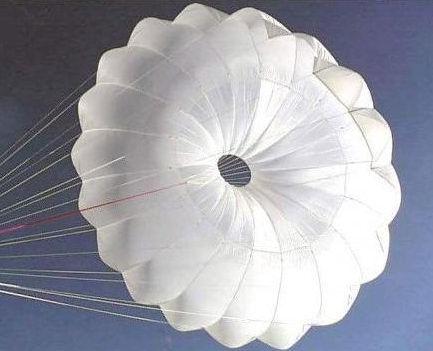
The first draft of a knapsack parachute in 1911 suggested that the Russian military Kotelnikov. Its dome was made of silk lines were divided into 2 groups. Dome and straps fit into a knapsack. Later, in 1923 Kotel'nikov offered satchel envelope styling parachute.
VCR
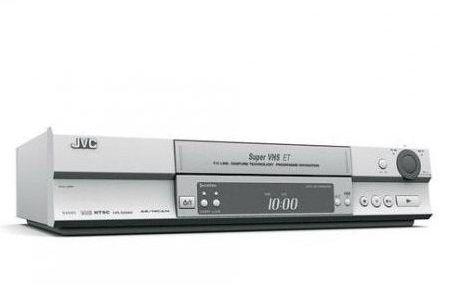
The world's first video recorder was designed by Russian scientists, an immigrant from Russia Alexander Matveyevich Poniatowa and implemented by the firm Ampex 14 April 1956.
Artificial Earth satellite
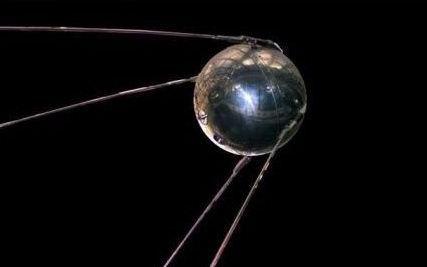
The world's first artificial satellite of the Earth is considered the beginning of the space age mankind. Launched in the USSR, October 4, 1957 (the "Sputnik-1"). On the creation of an artificial Earth satellite, led by the founder of practical astronautics SP Korolev, the scientists worked MV Keldysh, MK Tikhonravov, NS Lidorenko, VI Lapko, BS Chekunov, AV Bukhtiyarov and many others.
Nuclear power

The world's first nuclear research and industrial applications was started in the Soviet Union on June 27, 1954 in Obninsk. Before that atomic energy was used mainly for military purposes. The notion of "nuclear power».
Nuclear icebreaker
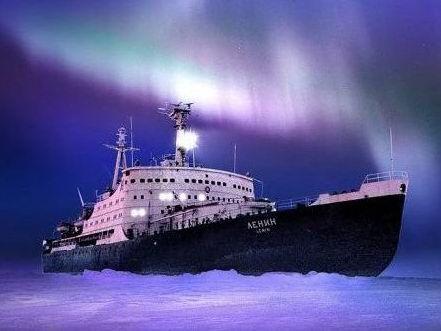
All 10 of the world's nuclear-powered icebreakers were designed, built and launched in the USSR and Russia.
Tetris
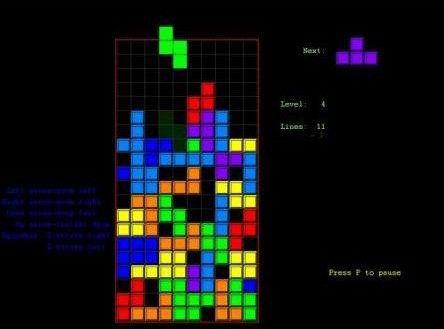
The most famous computer game invented by Alexey Pajitnov in 1985.
Laser
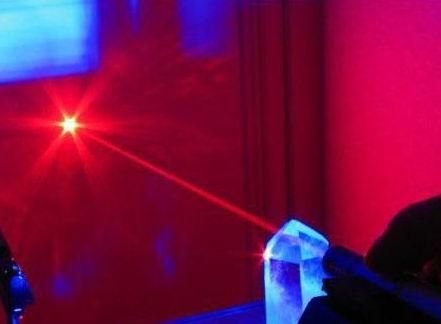
The first laser, it was called the maser, was made in 1953 - 1954 years. NG Basov and AM Prokhorov. In 1964, Basov and Prokhorov were awarded the Nobel Prize in physics.
Computer
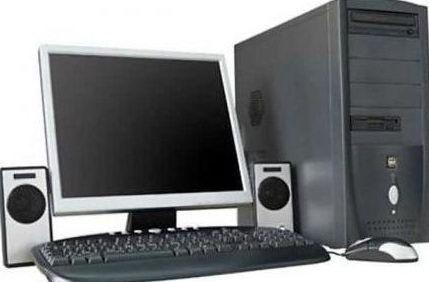
The world's first personal computer was not invented by the American firm "Apple KOMPYUTERZ" and not in 1975, as the Soviet Union in 1968, Soviet designers from Omsk Arseny Medvedev Gorokhov. Copyright certificate № 383005.
Motor
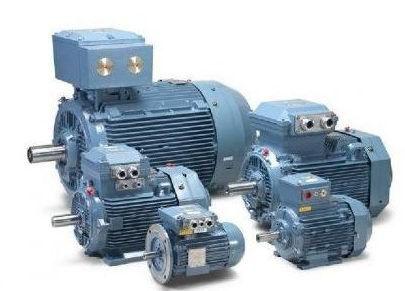
Boris Semenovich Jacobi invented the electric motor in 1834.
Ekomobil

Cars two-seater in 1899, has developed Hippolyte Vladimirovich Romanov. Electric changed speed - from 1, 6 km / h to a maximum of 37, 4 km / h. Romanov also implemented a project to create a 24-seater omnibus.
Spaceship
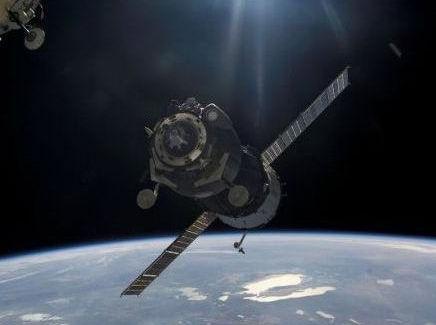
Mikhail Tikhonravov, who worked in the OKB-1, began work on the creation of a manned spacecraft in the spring of 1957. By April 1960, it was designed by the preliminary design of ship-satellite "Vostok-1". The ship "Vostok" April 12, 1961, Soviet cosmonaut Yuri Gagarin made the world's first flight into space.
Teddy Bear

Even the teddy bear came up with Russian immigrant to the United States in 1902, after seeing a newspaper cartoon depicting President Theodore Roosevelt, nicknamed "Teddy", hence the English name of the toy - Teddy bear!
And it's minuscule that was invented by Russian minds.
If we analyze the practical, rapid growth of Russian inventions that have made a breakthrough in the world of scientific and technological progress, we can see that Russia, being at the peak of growth and development of science and technology, "falls" in the revolution of 17 years. And almost up to the 30s, "squeezing" or "crushing" all the brilliant minds of the country, in Russia, invented nothing. After the 30s, except for inventions aimed at the destruction of man by man, invented the great potential is much smaller than in the XVIII and early XIX centuries. And to this day in Russia and could not learn to really appreciate and evaluate the geniuses born Russian land. Though, as history shows, the Russian genius no invention for the sake of personal enrichment or made. Russian inventors as the Russian doctors - treat patients, not those who have money.
A source
Car

In 1751 Leonty Shamshurenkov, a skilled mechanic in Moscow in the sovereign's workshop produced a state order "samobegluyu carriage" move without any outside force. Shamshurenkovu reward given fifty rubles. The further fate of the carriage is unknown. And in 1769, the Frenchman Nicolas Kunio presents all over the world such a device! Helicopter

In 1754 MV Lomonosov creates a model of vertical take-off aircraft, which had to ensure the twin screws (parallel to axis). It was the first real prototype of the helicopter. Only in 1922, Professor George Botezat, who emigrated from Russia after the revolution in the US, built by order of the US Army's first sustainably-controlled helicopter.
The locomotive

Russia's first two-cylinder steam engine vacuum was designed mechanic II Polzunova in 1763 and built in 1764 in Barnaul. James Watt, who was a member of the Committee on the Admission of the invention Polzunova in April 1784 in London obtained a patent for a steam engine and is considered its inventor!
Anesthesia

In 1850, NI Pirogov first time in the history of medicine began to operate on the wounded with ethereal anesthesia in the field. Total great surgeon spent about 10 000 operations under ether anesthesia. Pirogov first started using gypsum in medicine. NI Pirogov was the fifth honorary citizen of Moscow.
Bike

In 1801, the inventor of the land, Uralets Mikheevich Yefim Artamonov at the Nizhny Tagil factory built the first all-metal two-wheeled pedal scooter, which is then called a bicycle. In 1818 he was granted a patent for the invention German inventor Baron Karl Draize!
Telegraph

The first electromagnetic telegraph created a Russian scientist in 1832. Public demonstration of the device was held in the apartment Schilling 21 October 1832. Paul Schilling has also developed the original code in which each letter of the alphabet corresponds to a certain combination of symbols that can be shown in black and white circles on the telegraph.
Robot

The great mathematician Pafnutii Chebyshev in 1860 counted and developed the design of walking straight (move) without the mechanisms of wheel sets, on the basis of steps. The unit was named plantigrade machine.
Bulb

In 1872 AN Lodygin invented the carbon filament lamp, and PN Yablochkov - in 1876, an arc lamp, called "candle Yablochkov." In 1880 he returned to the carbon fibers and creates a lamp with a lifetime of 40 hours.
Incandescent

The device in its current form is known as the "Edison bulb." Meanwhile, only its Edison perfected. The first creator of the lamp was a Russian scientist, member of the Russian Technical Society Alexander Lodygin. This happened in 1870 Lodygin first proposed the use of the lamps and tungsten filament spinning filament in a spiral shape. Edison only in 1879 patented the incandescent lamp.
Diving apparatus

In 1871 AN Lodygin project created an autonomous diving suit with a gas mixture of oxygen and hydrogen. Oxygen had to be produced from water through electrolysis.
Caterpillar

The first caterpillar mover was proposed in 1837 Staff Captain D. Zagryazhskaya. Its caterpillar mover built on two wheels, circled iron chain. And in 1879 the Russian inventor F. Blinov received a patent for he created the "crawler" tractor. He called it "a locomotive for the dirt roads».
Welding, electric

The method of electric welding of metals invented and first used in 1882 by the Russian inventor Nikolai Benardos (1842 -1905). "Staple" electric metal seam he called "elektrogefestom».
Welding metal

Can not in any way diminish the importance of great works of NN Benardos and NG Slavyanov, first created in the 1880s. arc welding methods in which to put into practice the discovery of V. Petrova arcing.
Plane

In 1881 AF Mozhajskij was Russia's first patent ("privilege") to the aircraft (airplane), and in 1883 completed the assembly of the first full-scale aircraft. From the time the project aircraft Mozhaiskogo no constructor humanity has not offered a fundamentally different scheme aircraft.
Radio

May 7, 1895 Alexander Stepanovich Popov was first publicly demonstrated radio transmitter and receiver in the distance. In 1896 AS Popov gave the world's first wireless message. In 1897 AS Popov established the possibility of radar using the wireless telegraph. In Europe and America it is believed that radio invented by the Italian Guglielmo Marconi in the same in 1895.
Television

Boris Rosing July 25, 1907, he filed an application for the invention "Method of electrical transmission of images at a distance." The real breakthrough in image clarity electronic television was "Ike", invented in 1923, Vladimir Zworykin, a scientist, an immigrant from Russia. Motion picture the first time in history was passed at a distance in 1928 by inventors Boris Grabowski and IF Belyanskiy. The first devices are not called a TV and telephoto.
Parachute

The first draft of a knapsack parachute in 1911 suggested that the Russian military Kotelnikov. Its dome was made of silk lines were divided into 2 groups. Dome and straps fit into a knapsack. Later, in 1923 Kotel'nikov offered satchel envelope styling parachute.
VCR

The world's first video recorder was designed by Russian scientists, an immigrant from Russia Alexander Matveyevich Poniatowa and implemented by the firm Ampex 14 April 1956.
Artificial Earth satellite

The world's first artificial satellite of the Earth is considered the beginning of the space age mankind. Launched in the USSR, October 4, 1957 (the "Sputnik-1"). On the creation of an artificial Earth satellite, led by the founder of practical astronautics SP Korolev, the scientists worked MV Keldysh, MK Tikhonravov, NS Lidorenko, VI Lapko, BS Chekunov, AV Bukhtiyarov and many others.
Nuclear power

The world's first nuclear research and industrial applications was started in the Soviet Union on June 27, 1954 in Obninsk. Before that atomic energy was used mainly for military purposes. The notion of "nuclear power».
Nuclear icebreaker

All 10 of the world's nuclear-powered icebreakers were designed, built and launched in the USSR and Russia.
Tetris

The most famous computer game invented by Alexey Pajitnov in 1985.
Laser

The first laser, it was called the maser, was made in 1953 - 1954 years. NG Basov and AM Prokhorov. In 1964, Basov and Prokhorov were awarded the Nobel Prize in physics.
Computer

The world's first personal computer was not invented by the American firm "Apple KOMPYUTERZ" and not in 1975, as the Soviet Union in 1968, Soviet designers from Omsk Arseny Medvedev Gorokhov. Copyright certificate № 383005.
Motor

Boris Semenovich Jacobi invented the electric motor in 1834.
Ekomobil

Cars two-seater in 1899, has developed Hippolyte Vladimirovich Romanov. Electric changed speed - from 1, 6 km / h to a maximum of 37, 4 km / h. Romanov also implemented a project to create a 24-seater omnibus.
Spaceship

Mikhail Tikhonravov, who worked in the OKB-1, began work on the creation of a manned spacecraft in the spring of 1957. By April 1960, it was designed by the preliminary design of ship-satellite "Vostok-1". The ship "Vostok" April 12, 1961, Soviet cosmonaut Yuri Gagarin made the world's first flight into space.
Teddy Bear

Even the teddy bear came up with Russian immigrant to the United States in 1902, after seeing a newspaper cartoon depicting President Theodore Roosevelt, nicknamed "Teddy", hence the English name of the toy - Teddy bear!
And it's minuscule that was invented by Russian minds.
If we analyze the practical, rapid growth of Russian inventions that have made a breakthrough in the world of scientific and technological progress, we can see that Russia, being at the peak of growth and development of science and technology, "falls" in the revolution of 17 years. And almost up to the 30s, "squeezing" or "crushing" all the brilliant minds of the country, in Russia, invented nothing. After the 30s, except for inventions aimed at the destruction of man by man, invented the great potential is much smaller than in the XVIII and early XIX centuries. And to this day in Russia and could not learn to really appreciate and evaluate the geniuses born Russian land. Though, as history shows, the Russian genius no invention for the sake of personal enrichment or made. Russian inventors as the Russian doctors - treat patients, not those who have money.
A source

